11 Pet-Proofing Tricks Every Responsible Owner Should Know
Bringing a pet into your home is like inviting a tiny, adorable tornado with fur. But don’t panic! You can keep your home stylish and free from destruction with a few clever pet-proofing tricks we listed. This guide will teach you simple and effective ways to protect your belongings and keep your furry friend out of trouble.
Block Off Dangerous Areas

Credit: iStockphoto
Kitchens, staircases, garages, and laundry rooms can be full of hazards and are best kept off-limits. A pet gate or closed door stops pets from sneaking into trouble. Even seemingly safe areas, like a home office, can hide dangers—wires, small objects, and even paper shredders.
Protect Rugs with Non-Slip Mats
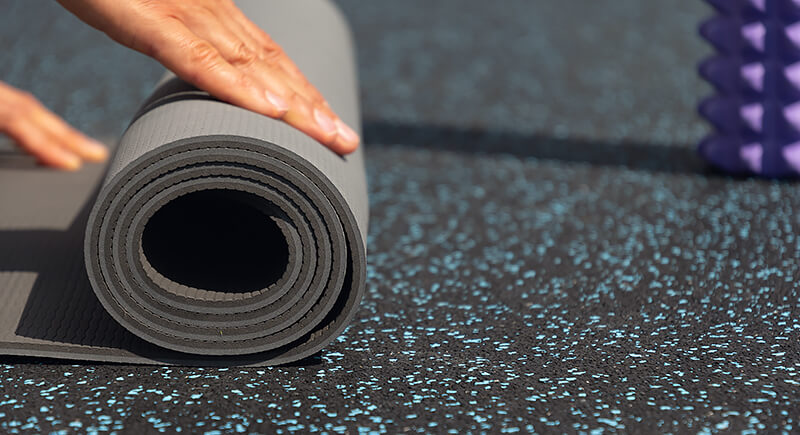
Credit: iStockphoto
A high-energy dog racing through the house can send a rug sliding. Cats, on the other hand, love to turn rugs into scratching posts. Non-slip pads keep rugs in place and reduce the risk of slips while protecting the flooring underneath. They also add a layer of cushioning for senior pets with joint issues.
Choose Pet-Friendly Houseplants

Credit: iStockphoto
Lilies, sago palms, and pothos are common houseplants that can cause serious problems if ingested. If your pet loves digging in the soil, placing rocks on the dirt can discourage them. Hanging planters or high shelves is another way to keep plants out of reach.
Keep Small Objects Off the Floor
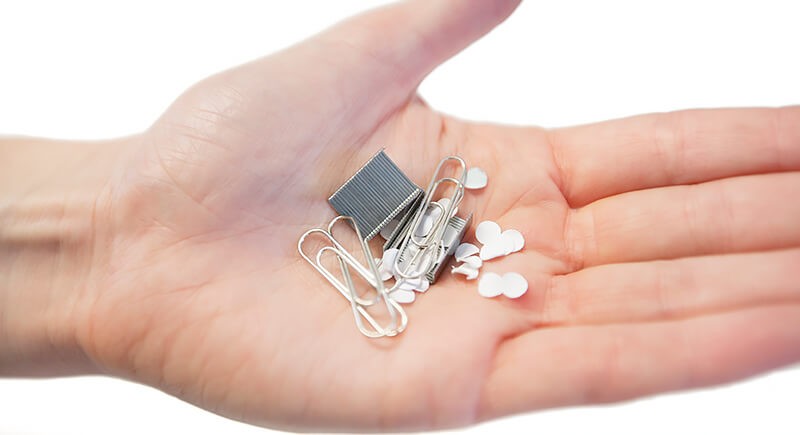
Credit: iStockphoto
Anything that fits in a pet’s mouth is fair game for chewing or swallowing. Buttons, paper clips, hair ties, and even dropped pills can pose a serious choking hazard or cause internal blockages. Daily floor checks help, but organizing your space with storage bins and designated drop zones for small items makes a big difference.
Store Medications Safely
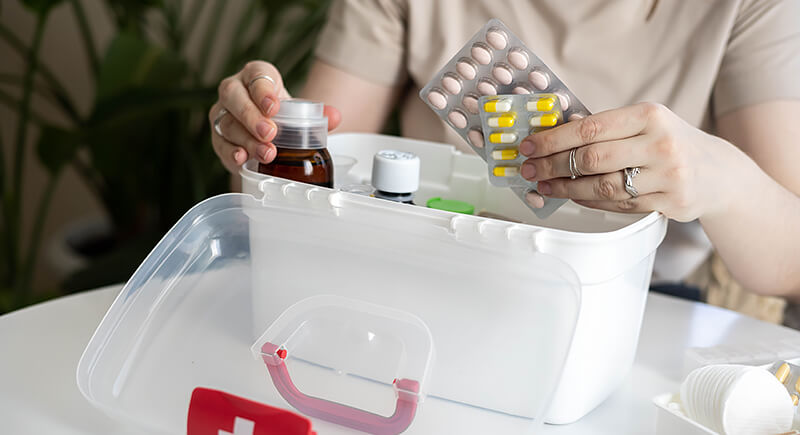
Credit: iStockphoto
A single dropped pill might not seem like a big deal, but many human medications are highly toxic to pets. Pain relievers and blood pressure medications are some of the most common culprits of accidental poisoning. Always store medicine in a locked cabinet, and if you take daily pills, use a secure container instead of leaving bottles open.
Keep Toilet Lids Closed
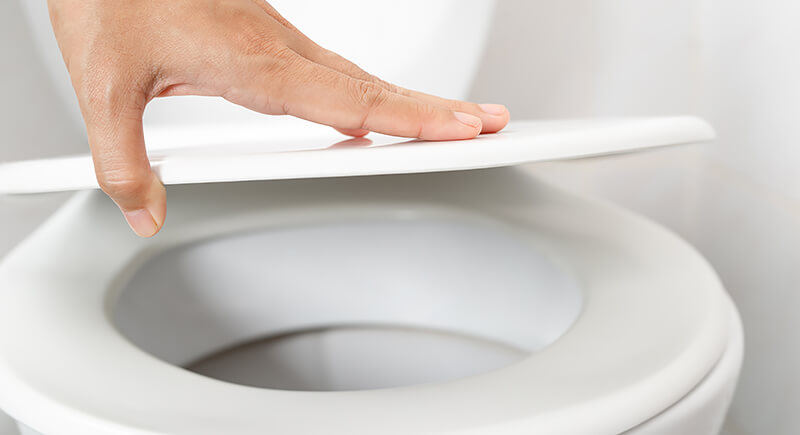
Credit: iStockphoto
Some pets treat the toilet like a water bowl. However, cleaning chemicals linger in toilet water! Small pets can also fall in and struggle to climb back out. The solution is surprisingly simple: keep the lid down. If a persistent pet still tries to get in, try a toilet seat lock.
Secure Trash Cans
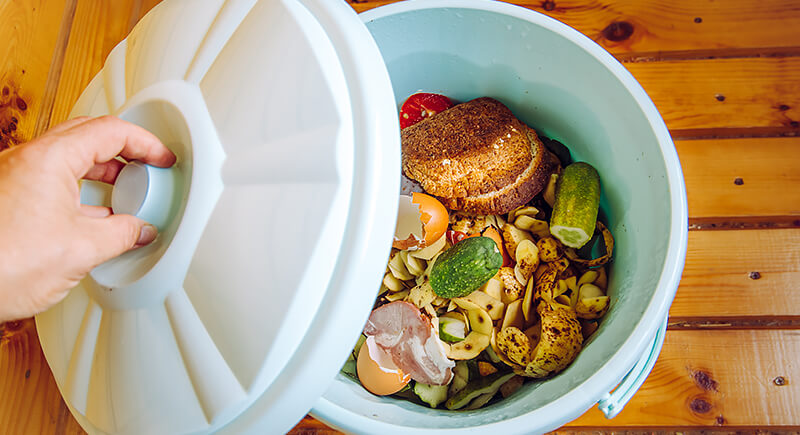
Credit: iStockphoto
If pets had a list of favorite pastimes, raiding the trash would probably top the list. Having said that, garbage is full of hazards—chicken bones, moldy food, coffee grounds, and wrappers! If your pet is a pro at knocking over cans, placing the bin inside a cabinet or pantry might be the best solution.
Hide Electrical Cords
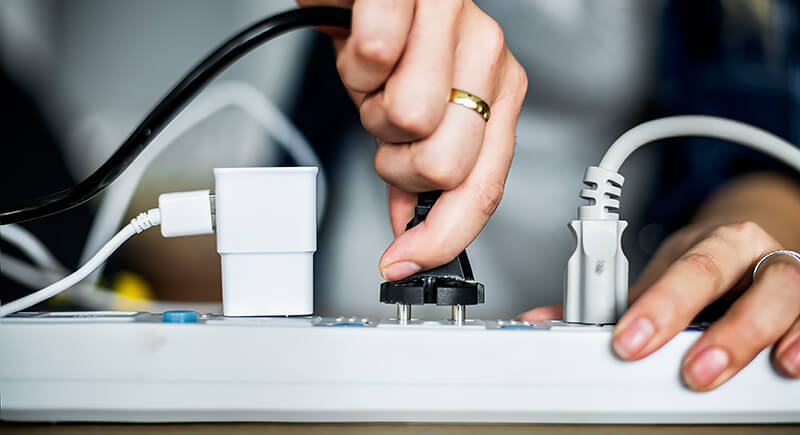
Credit: iStockphoto
Chewing on cords is a major safety risk. Puppies and kittens often go through a teething phase where they’ll chew about anything, and power cords are no exception. Bitter apple spray is the best trick—most pets dislike the taste, which makes them less likely to return for another nibble.
Protect Furniture with Covers

Credit: iStockphoto
If your pet has claimed the couch as their personal throne, a furniture cover is a lifesaver. It keeps fur and scratches from ruining the upholstery and is easy to wash. If you’re dealing with a pet that loves to dig into cushions, adding a pet bed nearby will give them their comfy spot.
Secure Window Screens
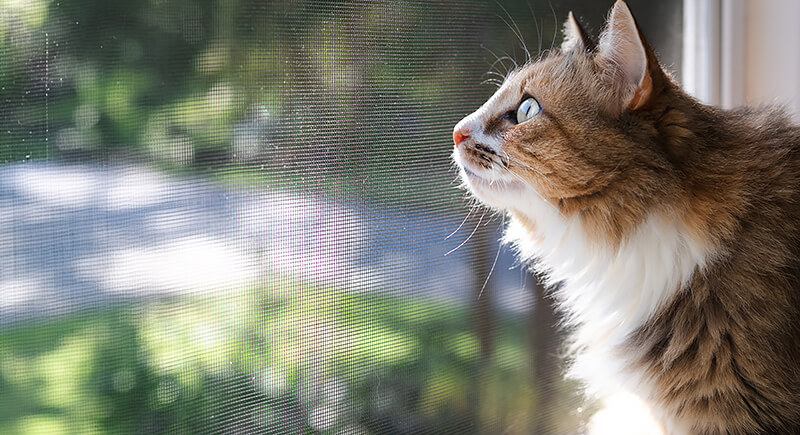
Credit: iStockphoto
Cats love a sunny windowsill, and dogs push their noses against anything to get a better view. However, weak screens can pop out and fall. Double-check that all your screens are tightly fitted and reinforce them if needed. Pet-proof window screens are available and made from stronger materials that can withstand scratching and pressure.
Keep Laundry and Shoes Out of Reach
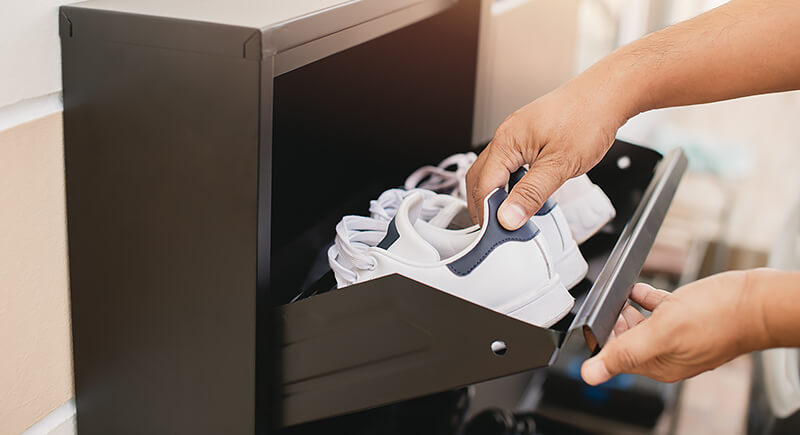
Credit: iStockphoto
Shoes and socks have an irresistible pull for pets. A closed shoe rack or an over-the-door organizer keeps footwear out of reach. As for laundry, small items like socks, underwear, and shirt buttons can cause blockages if swallowed. A covered hamper is the easiest fix.
Cover Sharp Corners
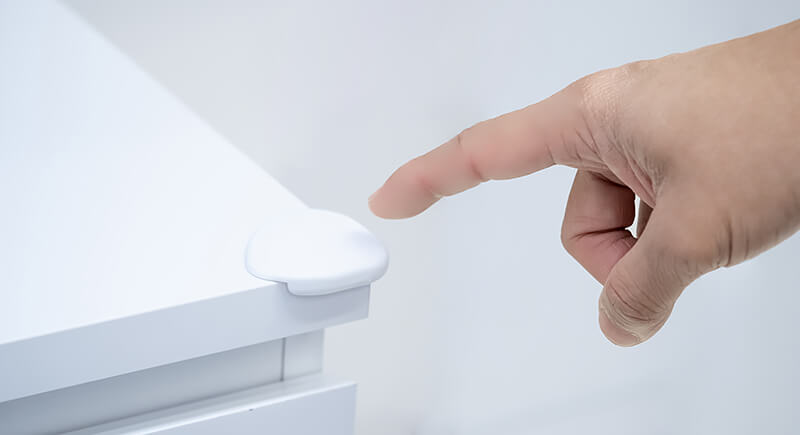
Credit: iStockphoto
Pets are curious creatures, but sometimes, that curiosity leads to painful lessons—like bumping into a sharp table edge. Adding soft corner guards to furniture helps prevent bruises, scrapes, or worse. This is especially important for small dogs, puppies, and cats, whose eye level is right in the danger zone.
Put Away Human Food
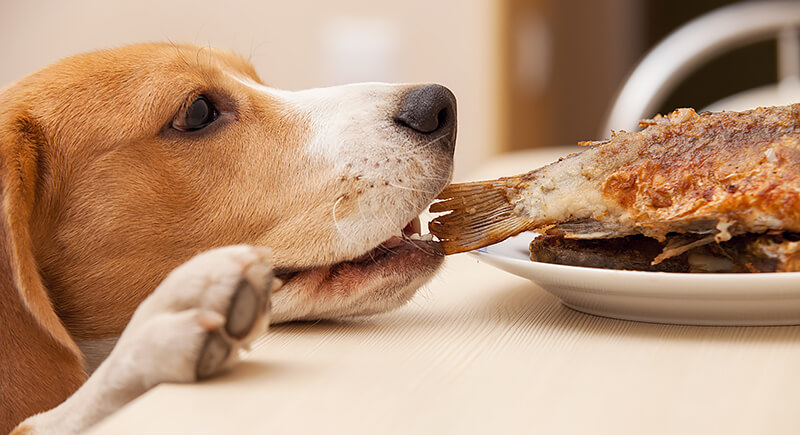
Credit: iStockphoto
Pets don’t understand that some foods are off-limits. A dog won’t hesitate to scarf down a chocolate chip cookie, and a cat might lick up onions from your plate—both of which are dangerous. Leaving food out is an open invitation for trouble, so keep counters clear and store leftovers in secure containers.
Protect Your Car Interior
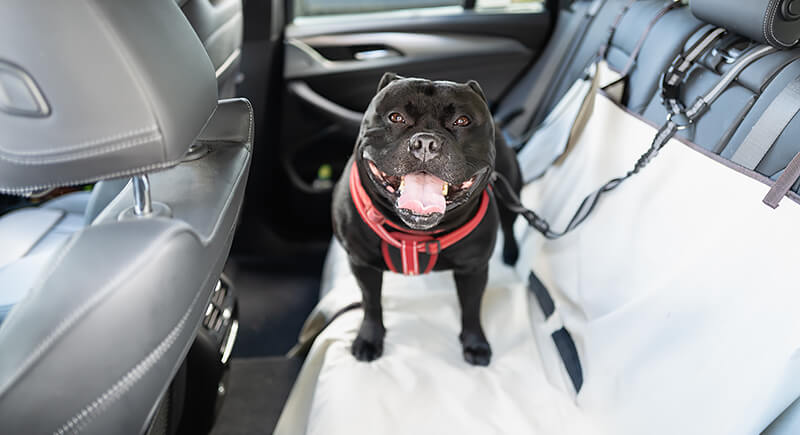
Credit: iStockphoto
Road trips with pets are fun, but your car might resent them. Between fur, muddy paws, and the occasional motion sickness incident, your back seat can take a beating. Waterproof seat covers or hammocks create a barrier between your pet and the upholstery. For extra protection, rubber floor mats catch dirt and keep smells from sinking in.
Invest in a Pet Camera
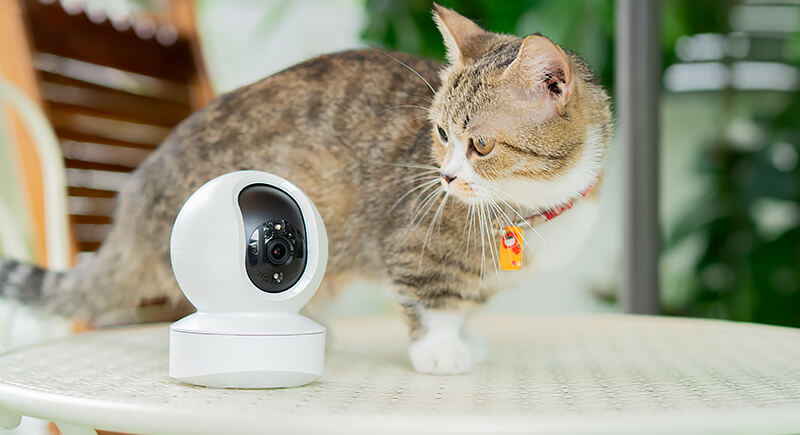
Credit: iStockphoto
Ever wonder what pets do when left alone? A pet camera gives a window into their solo adventures—and can prevent trouble before it starts. Many models allow for two-way audio, so you can reassure an anxious pup or tell your cat to get off the counter. Peace of mind and a few hilarious recordings are worth every penny.